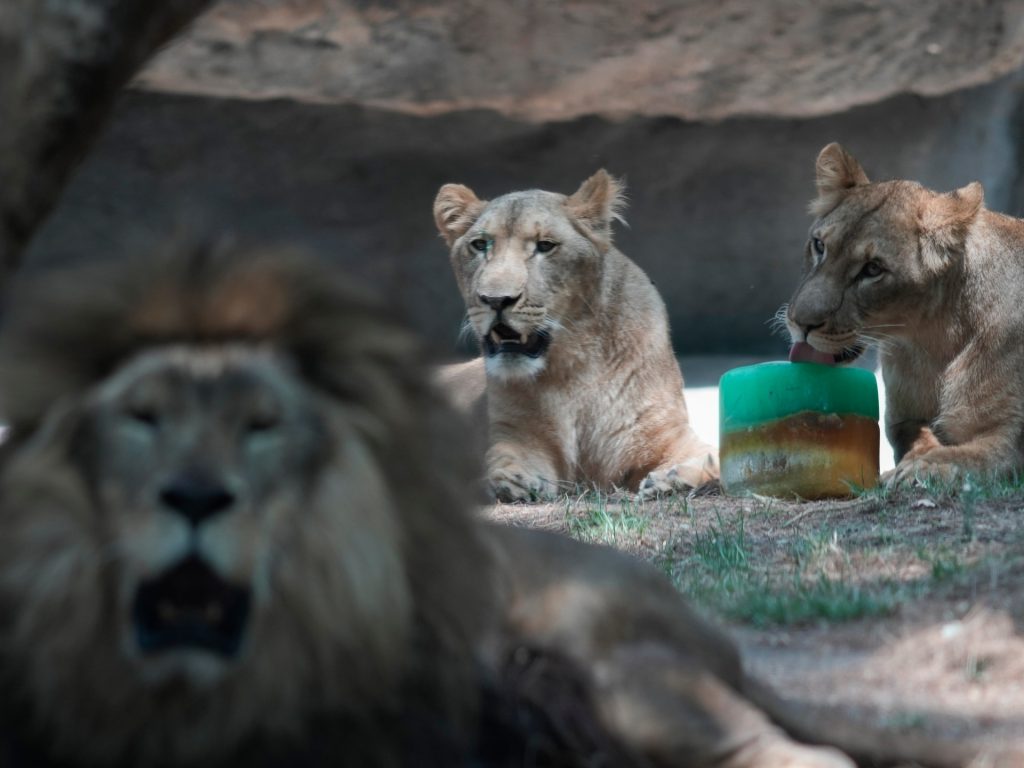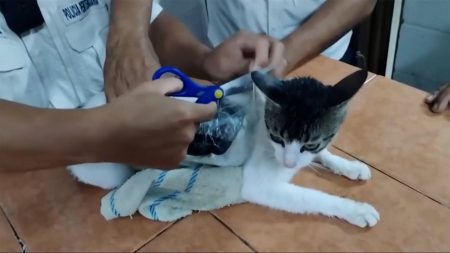Amid a heatwave and drought in Mexico, wildlife is suffering, with animals like birds and monkeys experiencing heatstroke and dehydration. While the government has focused on cooling down animals at state-run zoos, nongovernmental organizations have stepped in to rescue distressed wildlife. A heat dome over the southern Gulf of Mexico and northern Central America has led to extensive sunshine and hot temperatures in Mexico and the United States, particularly affecting central and southern Mexico.
In central and southern Mexico, animals are facing the brunt of the heatwave, as the lack of cloud cover exacerbates the high temperatures. While animals in the north are better equipped to handle extreme heat and drought due to their desert habitats, wildlife farther south are struggling to cope. NGOs like the Biodiversity Conservation of the Usumacinta group (COBIUS) have been working to save animals like howler monkeys, which have been falling dead from trees due to heatstroke.
In response to the heatwave, efforts have been made to provide relief to suffering wildlife. An animal park on the steamy gulf coast has set up air-conditioned rooms for birds of prey, while rescue groups are providing frozen rat carcasses to distressed owls. However, the situation remains dire, with many animals succumbing to the extreme conditions despite the efforts of rescue organizations and volunteers.
Wildlife biologist Gilberto Pozo, head of COBIUS, has been leading teams of biologists and veterinarians to rescue ailing monkeys in the southern state of Tabasco. Unfortunately, many of the monkeys they find are already in critical condition and cannot be saved. Despite their best efforts, a significant number of howler monkeys have died in the region, with the toll likely nearing 250 nationwide.
As the government faces budget cuts for environmental agencies, NGOs like COBIUS have become even more vital in the rescue and rehabilitation of wildlife affected by the heatwave. With limited resources and a growing number of animals in need of assistance, the efforts of these organizations are crucial in mitigating the impact of the heatwave on Mexico’s vulnerable wildlife. As temperatures continue to soar, the collaboration between government agencies, NGOs, and volunteers will be essential in protecting and preserving the country’s diverse wildlife populations.















